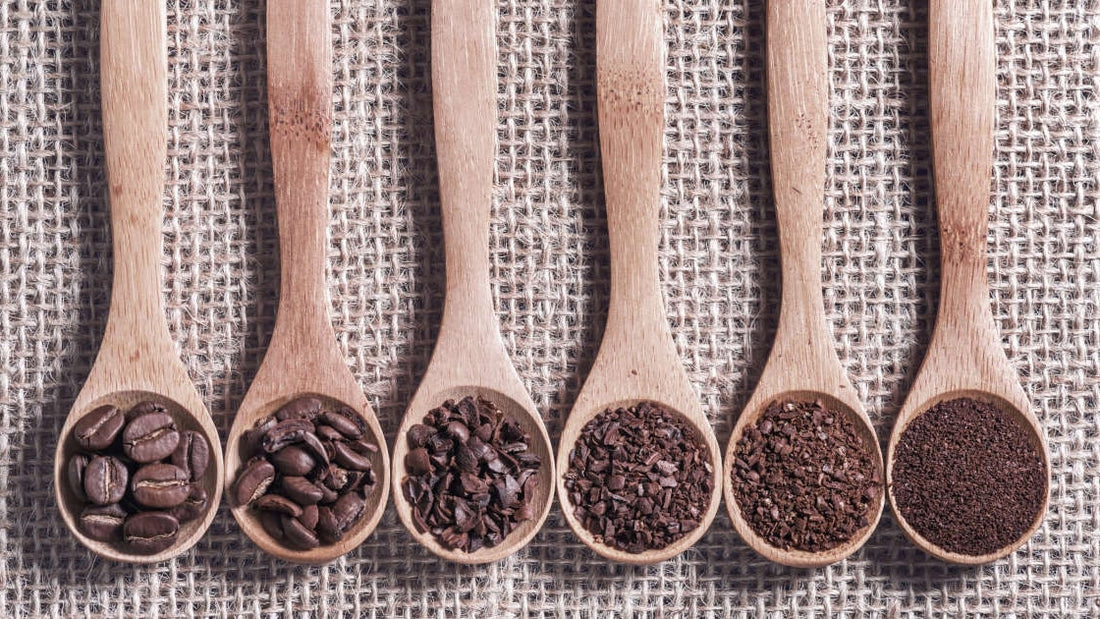Are you unsatisfied with the taste of your coffee? Your grind size might be the culprit. Achieving the perfect cup involves grinding beans to the ideal size for your brewing method. Let's delve into why grind size matters and how it impacts your coffee's flavor profile.
Understanding Grind Size and Taste
The size of your coffee grounds significantly influences taste. Smaller grinds mean more surface area, resulting in slower water flow during brewing and more flavor extraction. Larger grinds, conversely, allow water to flow more freely, impacting taste differently.

Illustration of different grind size. It can be clearly seen that water can flow easier on coarser ground compared to finer ground.
Choosing the Right Grind Size
Selecting the right grind size depends on your brewing method. Each method is optimized for specific grind sizes to achieve the best results. While there's flexibility in grind size, deviating can alter the intended flavor profile.

Coffee grind size according to the brewing method
Espresso Machine
Take espresso, for example. Its short brew time (25-30 seconds) demands a fine grind for full flavor extraction. However, even small adjustments in grind size can drastically affect taste. Too coarse and you'll get under-extraction (sour); too fine and you risk over-extraction (bitterness). Experimentation is key. Fine-tune your grinder until you strike the perfect balance between sourness and bitterness. Remember, different coffee blends may require adjustments.
Conclusion
Mastering coffee grind size is an essential skill for any coffee enthusiast. By understanding the impact of grind size on flavor extraction and experimenting with different settings, you can unlock a world of flavors and elevate your coffee experience.
Ready to enhance your brewing skills? Experiment with grind size and discover the difference it makes in your daily cup of coffee.

